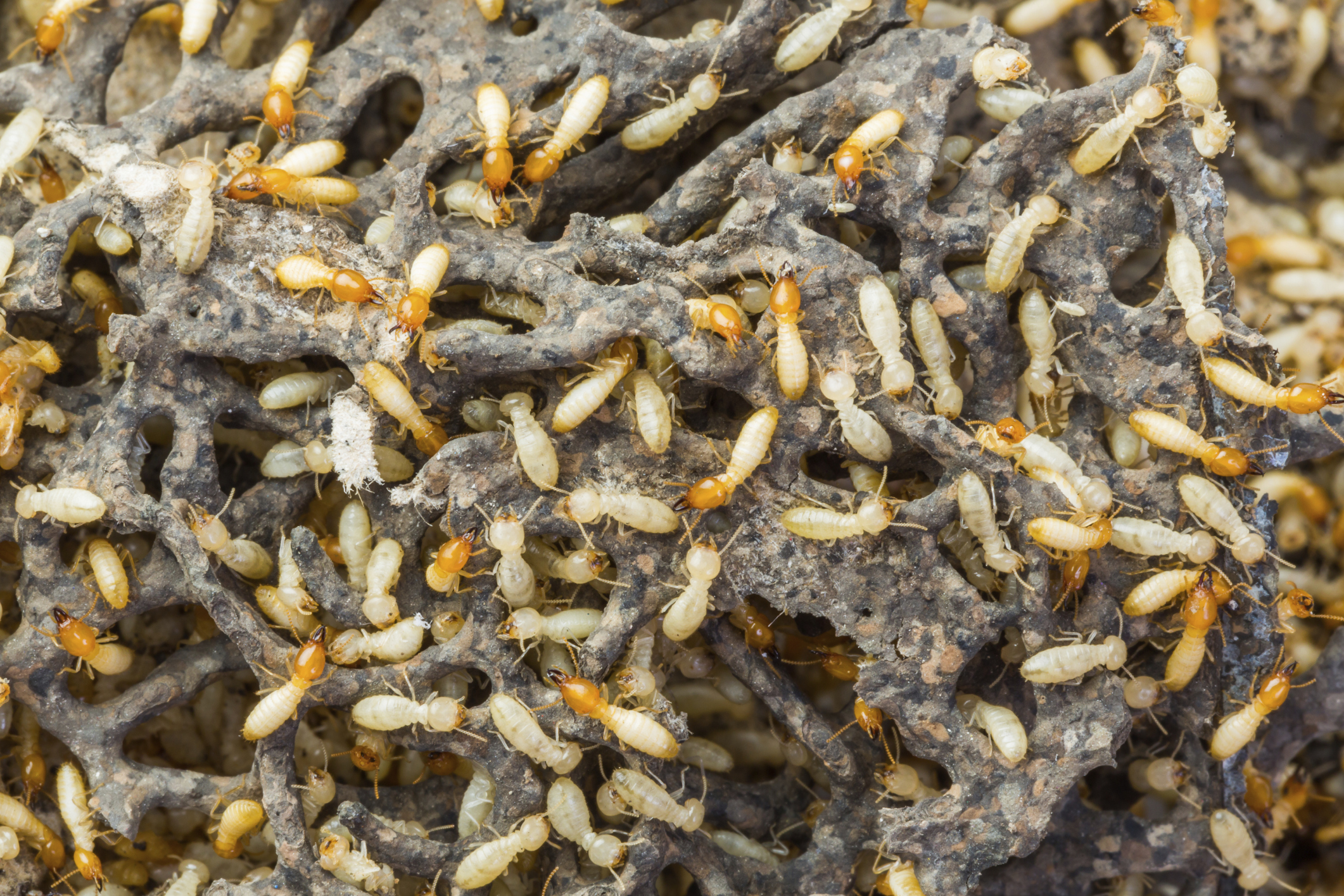7 Steps to Take When You Find Termites in Your Home
 The word “termite” strikes terror in the hearts of homeowners, and with good reason. A termite infestation can result in sagging walls, floors, and even ceilings. In addition to the damage they cause, termites leave piles of feces and wings all over an infested home. According to the National Pest Management Association, termites cost American homeowners over $5 billion annually in repairs that aren’t covered by insurance. If left unchecked, termites can damage a home beyond repair. If you see signs of termites in your home, there are 7 steps you should take immediately to prevent further damage.
The word “termite” strikes terror in the hearts of homeowners, and with good reason. A termite infestation can result in sagging walls, floors, and even ceilings. In addition to the damage they cause, termites leave piles of feces and wings all over an infested home. According to the National Pest Management Association, termites cost American homeowners over $5 billion annually in repairs that aren’t covered by insurance. If left unchecked, termites can damage a home beyond repair. If you see signs of termites in your home, there are 7 steps you should take immediately to prevent further damage.
Wood damage from termites looks similar to water damage, with buckling and a hollow sound when tapped. There can also be an odor similar to mold or mildew. In addition to the obvious signs of wood damage, you can look for small piles of discarded termite wings near windows, doors, and other access points. Some types create mud tunnels on walls near the foundation of your home. A great article on how to identify termites can be found on the National Pest Management Association website.
1) Look for signs of termites and determine where exactly they are, according to Universal Pest & Termite Elite. After you spot signs of termites, try to find where they are centralized. They could be in the foundation or in the walls or floors. Termites can even be introduced into your home through a piece of furniture.
2) Identify what type of termite you have. There are 2 general types of termites – subterranean and drywood.
- Subterranean termites are found mainly in warm coastal regions, and can be found not only in the wood in your home, but also the soil around your home.
- Drywood termites can be found in any state and live only in your home’s wood.
- It’s important to identify which type of termite you have because they each require slightly different treatment methods.
3) Find the source of the termite infiltration. If the source is a piece of furniture, remove it from the home and place it in direct sunlight for several days. The source may be wood outside your home such as a tree located too near the house or a pile of firewood. Once you find the source, remove it if possible.
4) Try to treat the termites yourself. There are many good professional grade termite control products on the market today. Make sure you read the instructions and take all precautions to ensure the health and safety of your family and pets. Most termite control products use boric acid. You can set up bait stations coated with boric acid near the site of the infestation. Another common ingredient is permethrin, which is an agricultural pesticide. You can find information on permethrin here.
5) Call a professional. If treating the termites yourself doesn’t work or the infestation is severe, you should call a professional before the damage gets too great.
- Get quotes from a minimum of 3 different pest control companies.
- Check their service record to ensure they are professional companies.
- Ask for references and make those calls to ensure they are competent.
- Get a written agreement to guarantee that you get complete extinction so you aren’t treating the same problem over and over.
6) Prevent further infestation. While you might be able to destroy the current colony of termites, it is important to identify how they got inside in the first place and prevent another infestation.
- Termites need water, so keep your home and surrounding property as dry as possible.
- Use pest repellent as a preventative measure.
- Seal any cracks in the foundation and gaps around pipes and electrical wiring.
– Screen doors, windows and porches.
7) Check your home on a regular basis to ensure that you have solved the problem.
Conclusion
No one likes to find evidence of termites in their home. However, if you know what to look for, you can catch the problem quickly before they do too much damage. Follow the 7 steps to keep your home safely termite-free.

















